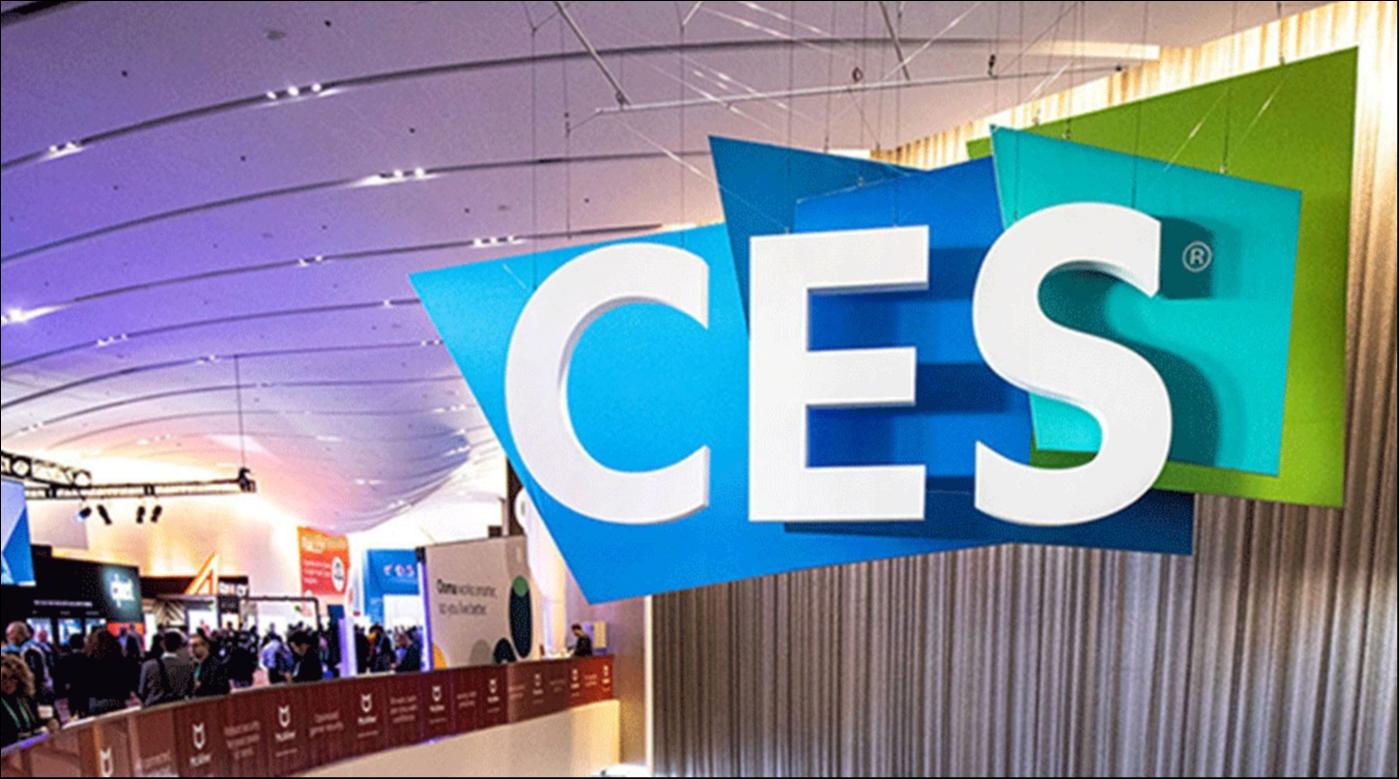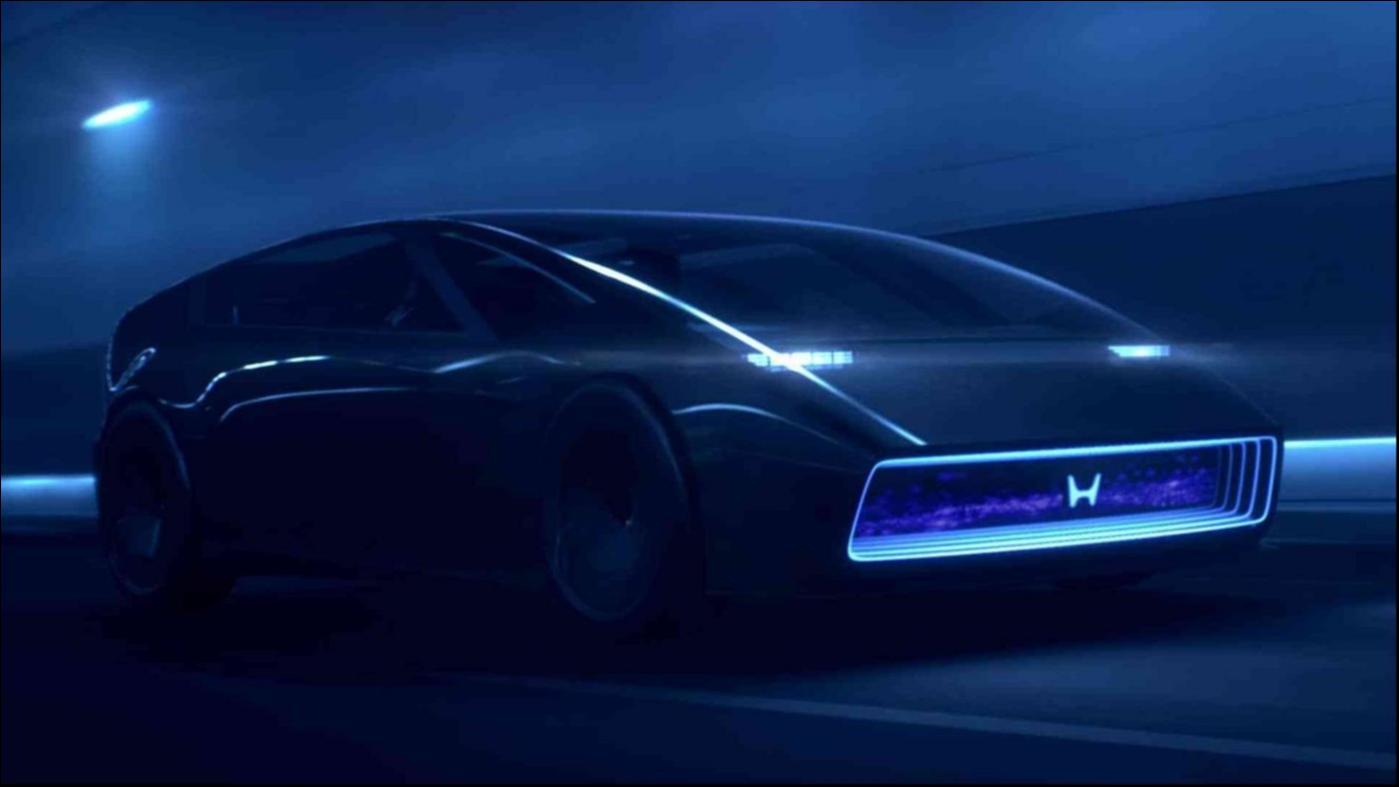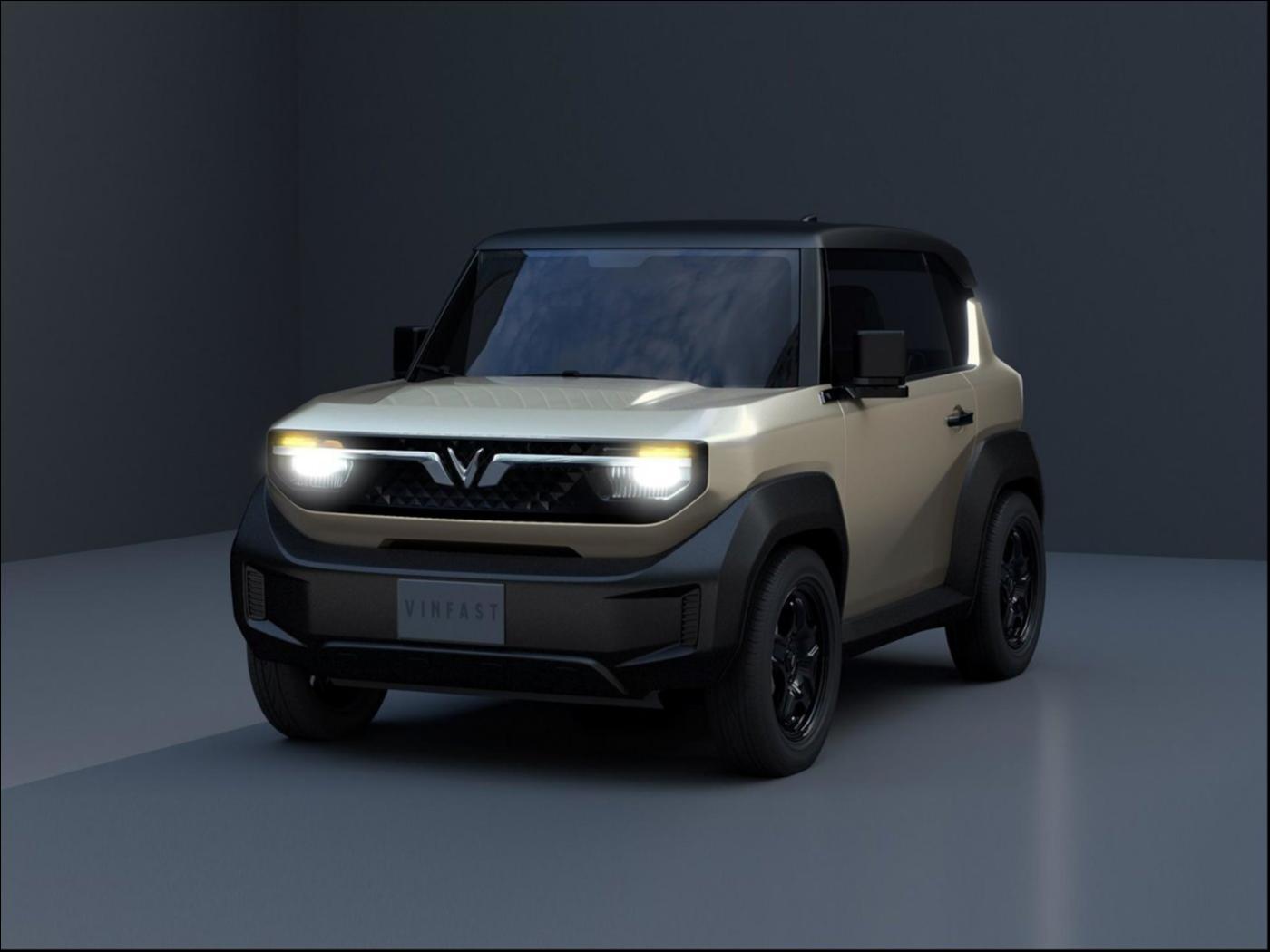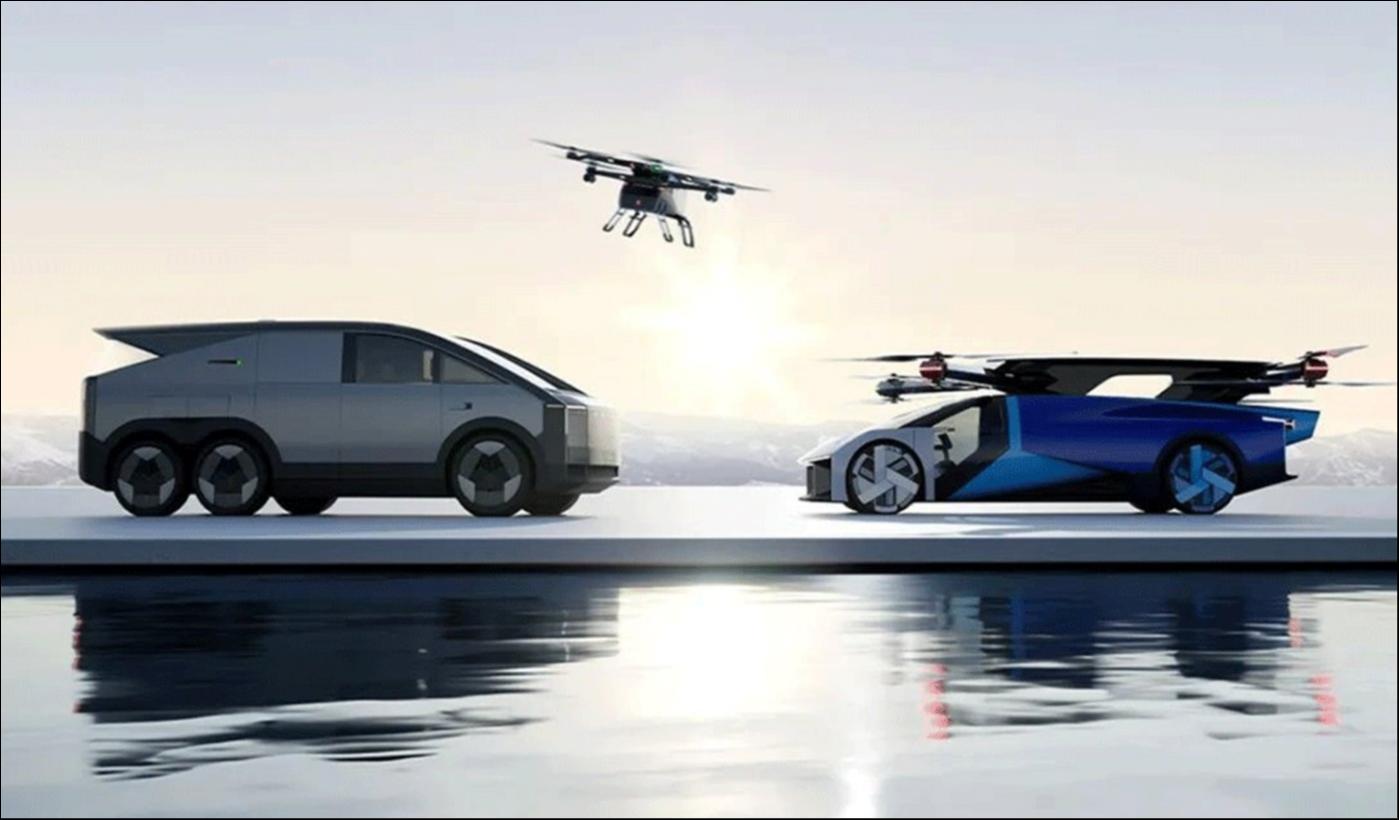Credit: CES 2024
BEIJING, January 11 (TMTPOST) – CES 2024 continued the trend of being shaped by the innovations showcased by automakers and mobility-focused entities in Las Vegas. While prominent players like Ford, GM, and Toyota had a subdued presence compared to previous years, the rivalry between car chip giants and AI-powered cars have been thrust into the spotlight.
The 2024 Consumer Electronics Show (CES) in Las Vegas that kicked off on Monday has once again captured the global tech community's attention, with over 4,000 exhibitors, including major players like NVIDIA, Google, and Amazon, alongside automotive giants such as Mercedes-Benz, Honda, Bosch, and Faurecia.
In contrast to the 2023 CES, where electric vehicles took center stage, this year's focus has shifted to artificial intelligence (AI) and in-car chips, marking a transition towards more practical, real-world technologies. The automotive industry showcased advancements in intelligent cockpits, autonomous driving, AI, and augmented reality/virtual reality (AR/VR).
Unlike the previous CES, where new energy vehicles dominated, the sheer quantity of new car models is no more in the spotlight this year. Only a handful of brands, including Honda, Kia, and Hyundai, presented new products.
Honda unveiled two electric concept cars, the SALOON and SPACE-HUB, under the "Honda 0" series. The SALOON showcased a wedge-shaped design with a large screen grille and gullwing doors, indicating the future design direction of production models. The SPACE-HUB, a multiple purpose vehicle (MPV), continued the SALOON's design language, emphasizing spacious interiors and rear-facing seating for a comfort-oriented design.
Courtesy of Honda
In a strategic move, Volkswagen introduced the new Golf GTI camouflage car, featuring interior upgrades with a large OLED touchscreen and LCD instrument display. Scheduled for launch at the end of January, this mid-cycle facelift commemorates the 50th anniversary of the Golf brand.
Kia, returning to CES after five years, revealed the Platform Beyond Vehicle (PBV) concept lineup, including PV1, PV5, and PV7. The PV5, equipped with a skateboard chassis, is set to enter production in 2025 at Kia's PBV factory in South Korea. Kia also announced the global launch of its platform beyond vehicle (PBV) business, displaying future products like Easy Swap, Dynamic Hybrid modular technology, and a new digital solution.
Hyundai Mobis introduced the MOBION concept car, equipped with the e-Corner system allowing 90-degree turning for enhanced maneuverability in future urban environments. Derived from the Hyundai IONIQ 5, the MOBION concept supports highly flexible driving modes, with each wheel capable of 90-degree steering, enabling easy circular rotation.
VinFast, a rising force in Vietnamese car manufacturing, exhibited a range of electric vehicles, including the “Wild” concept pickup truck and the VF 3 micro EV tailored for the Vietnamese market, set to be delivered in Q3 2024.
Courtesy of Vinfast
Hyundai's urban air mobility subsidiary, Supernal, launched the S-A2, its first electric flying taxi. The V-tail electric flying car can fly at speeds up to 120 mph at 1,500 feet, providing an intercity travel range of 25-40 miles. Hyundai envisions deploying short-range urban air travel prototypes by 2025, with plans for operational use by 2028.
XPeng Motors showcased its all-in-one flying car in its first international debut since the October 2023 release. XPeng Motors co-founder and Vice Presient Wang Tan announced the pre-order availability for another variant, the "Land Carrier", starting Q4 2024, with mass production and deliveries scheduled for Q4 2025.
Courtesy of XPeng
While a variety of new vehicles were on display, the majority of international automakers focused less on product display and more on cutting-edge in-car technologies from their own portfolios or supply chain partners.
Although new energy products are not as prominent at this year's CES, the focus on the global automotive industry's development towards electrification remained evident. The term "pragmatic technology" was embodied by the manufacturers' emphasis on technologies that are ready for real-world applications.
One notable example is the surge in Lidar technology, crucial for the development of autonomous driving. Hesai Technology brought the AT512, the latest addition to its AT series, featuring a fourth-generation self-developed chip. With advanced technologies such as 3D stacking and optical noise suppression, the AT512 achieved a 50% improvement in standard ranging (300 meters at 10% reflectivity) compared to its predecessor, AT128. The extended range of 400 meters provides vehicles with double the distance to detect targets, contributing to a 40% increase in system reaction time.
RoboSense, in collaboration with Chinese tech giant Tencent, unveiled the M3, the first long-distance lidar on its M platform using 940nm laser technology, doubling the detection capability of similar systems. This advanced lidar offers reduced size, cost, and power consumption, challenging the market dominance of traditional 1550nm laser-based Lidar.
Bosch introduced a cross-domain computing platform integrating entertainment and driving assistance functions on a single chip. The core of Bosch's new cockpit and driving assistance cross-domain integration platform is a chip capable of handling various functions in the domains of entertainment and driving assistance. This includes features such as automatic parking, lane detection, smart personalized navigation, and voice assistance.
Bosch's platform is in line with the trend that global automakers are investing heavily in the software-defined car sector. Bosch predicts that the automotive software market will reach around €200 billion by 2030. The cross-domain integration platform for information, entertainment and driving assistance systems is expected to reach a market size of €32 billion.
Continental, in collaboration with Swarovski Mobility, presented a crystal central display screen based on microLED technology. This unique screen, with its crystal facet design, offers a visually immersive and translucent appearance. While facing challenges in projecting display content onto the crystal panel, Continental has successfully achieved high-quality visual effects.
LG Display showcased a large P2P P-OLED display, combining a 12.3-inch and a 34-inch P-OLED screen for a seamless integrated display effect across the entire dashboard. Additionally, LG exhibited a 17-inch foldable OLED, an 18-inch sliding OLED, and an upgraded SPM technology with a unique Thin Actuator Sound Solutions in-car audio solution.
On the front of intelligent driving, ZF Friedrichshafen introduced an expandable new parking controller (ECU) that supports fully automated parking scenarios, including parallel parking, automatic parking in and out, memory parking, and valet parking. Integrating a 16 TOPS SoC, this controller fuses data from cameras and ultrasonic sensors, providing assistance for precise parking spot depth perception.
Yuanrong Qixing announced its collaboration with Tencent to jointly serve automotive companies. Their DeepRoute-Driver 3.0 intelligent driving solution utilizes Tencent's navigation map, supporting intelligent driving in urban areas from point to point. This mass production-ready solution leverages navigation maps for broader intelligent driving coverage and is expected to continuously enhance system functions through OTA upgrades.
Rivary Between Car Chip Giants
Meanwhile, Intel announced the launch of automotive chips based on AI PC technology, setting the stage for a direct competition with industry leaders Qualcomm and NVIDIA. The release of the initial batch of chips is slated for the end of this year, with Intel aiming to differentiate itself across the entire product line, from entry-level to high-end, based on superior chip performance.
Despite claiming to have provided chips for infotainment systems in 50 million vehicles, Intel acknowledged being surpassed by NVIDIA and Qualcomm in the semiconductor market for autonomous driving technology, upgradable vehicle system software, and sophisticated dashboard displays. Intel's "AI Everywhere" strategy extends to the automotive market, exemplified by the acquisition of Silicon Mobility SAS to strengthen its technological capabilities in electric vehicle motor and onboard charging system control. The collaboration with Chinese automaker ZEEKR further solidifies Intel's presence in the AI integration within automobiles.
NVIDIA continues to consolidate its position in autonomous driving technology, with its leadership in the automotive chip market. The Thor chip platform has been chosen by Ideal Cars as the AI computing platform for their next-generation vehicle models, securing partnerships with major manufacturers such as Great Wall Motors, Xiaomi, and ZEEKR for the adoption of the Orin chip in developing intelligent driving systems.
As a dominant player in the smartphone chip market, Qualcomm demonstrated a formidable presence in the automotive chip market during CES. Its CEO Cristiano Amon projected the automotive chip business's sales to reach approximately $4 billion by 2026, and $9 billion by the end of the 2020s. This forecast reflects Qualcomm's short-term growth potential in the automotive chip sector and its strategic shift away from consumer electronics chip business, positioning itself for long-term success in new market areas.
The surge in the development of electric vehicles has propelled the automotive chip market into a focal point for chip manufacturers. Beyond the major players, numerous companies are actively developing and promoting their in-house onboard processors and AI platforms, capitalizing on the rapid expansion of the electric and autonomous vehicle market.
One noteworthy participant is Black Sesame Intelligence, which showcased its A1000 series autonomous driving chips and the Wudang series C1200 family of intelligent automotive cross-domain computing chips. The A1000 series has already entered full-scale production and adoption by leading Chinese automakers, including FAW Group, Dongfeng Motor Group, Geely Group, and JAC Motors.
AI-powered Cars in America and Europe Versus Hydrogen Cars in Asia
In a departure from the focus on electric vehicles at the previous year's CES, AI emerged as the undisputed star of CES 2024. From semiconductor chips to automotive applications, AI technology permeated various sectors, signaling a deeper integration of AI into everyday technologies.
Major automakers such as Volkswagen showcased the integration of ChatGPT, a large language model, into their IDA voice assistant systems. Mercedes-Benz and BMW introduced AI-based smart cockpit solutions, enhancing user-vehicle interactions. These advancements underscore the growing application of AI beyond traditional boundaries, revolutionizing the automotive industry.
In addition to AI, AR and VR technologies continue to capture the interest of major automotive manufacturers. XREAL, in collaboration with Qualcomm, BMW, and NIO, demonstrated futuristic AR experiences for various scenarios. BMW showcased AR glasses providing immersive driving experiences, integrating navigation instructions, hazard warnings, entertainment content, charging station information, and reverse assistance visualizations seamlessly into the real environment.
While the automotive industry experiences a significant shift towards electric vehicles, Japanese and Korean automakers remain committed to hydrogen-powered vehicles. Toyota's strong stance against purely electric models is well-known, with the company emphasizing the environmental benefits of hydrogen fuel cells. At CES 2024, Hyundai revealed its vision for a hydrogen-powered, software-driven future, announcing the launch of the Nexo hydrogen fuel cell vehicle in 2025. Hyundai's commitment extends beyond passenger cars, encompassing trucks, buses, trams, special vehicles, ships, generators, and aerial vehicles.




Comments